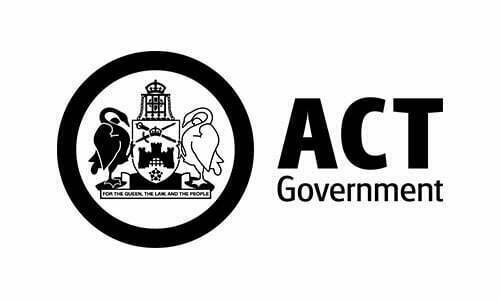Guide: Improving farm roads and tracks to withstand erosion
Written in conjunction with Peter Fogarty from NSW Soil Knowledge Network and Ashley Bolton from the Soil Conservation Service NSW.
Unsealed roads and tracks are essential to get around on your property, yet a track that is continually washing out costs time and money to fix, not to mention the wear and tear on vehicles. Roads and tracks are also a source of sediment pollution into our creeks and waterways, and can greatly affect in-stream and wetland health.
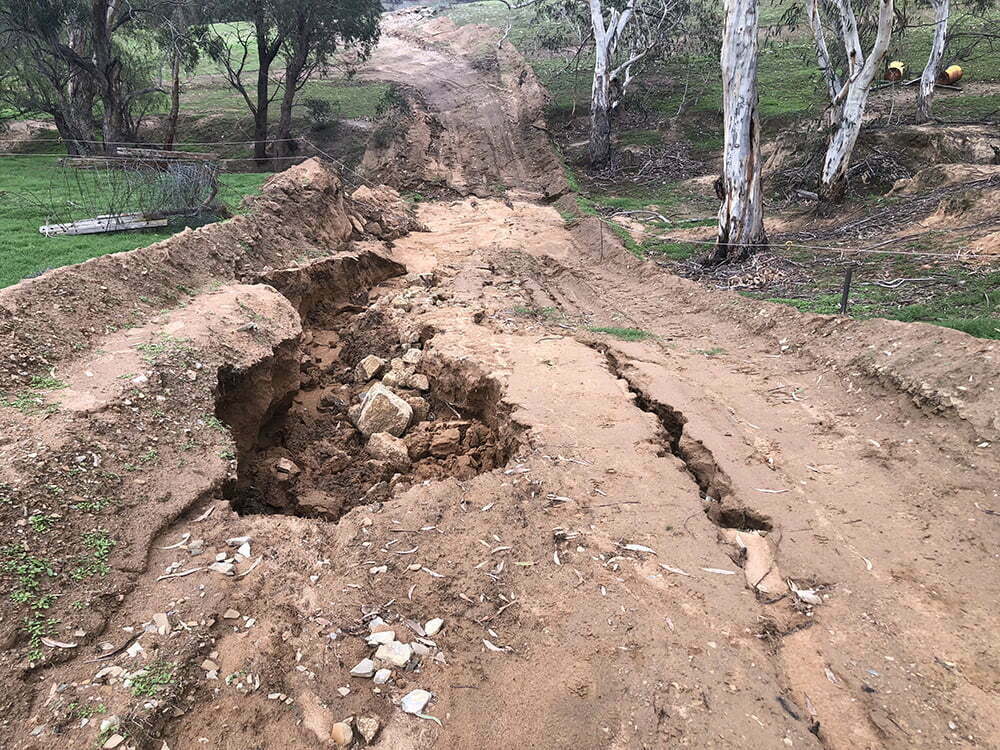
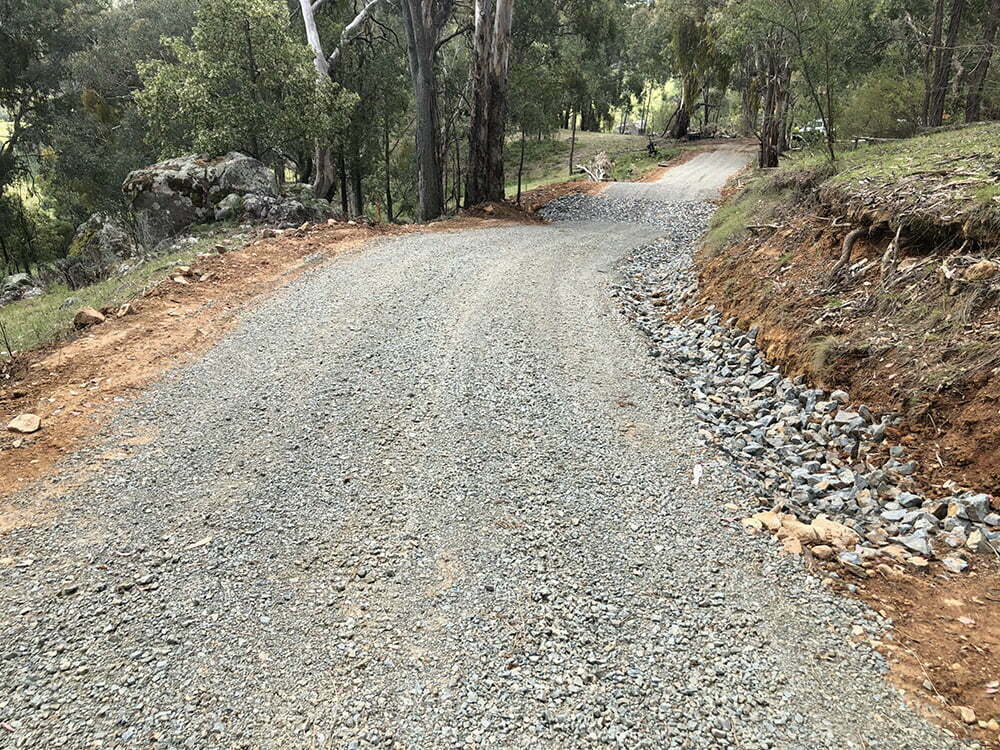
Well thought out and planned road and track design is important in maintaining your property’s assets – of which your roads and tracks are a part. Preventing significant erosion improves personal safety, enables movement around the property, including ensuring emergency access for vehicles. When well designed, roads and tracks do not erode and, as a result, do not negatively impact on your property’s land and waterway ecological values.
Erosion is the action of wind and rain, as well as animal and human processes that move soil, rocks and degraded material to another location, generally waterways and runoffs areas.
On 4th December 2020, we held a Roads and Tracks Field Day to help track-owners understand more about creating tracks that withstand erosion. Click on the photo below to go through a gallery of images from the day. We were fortunate to have Peter Fogarty and Ashley Bolton sharing their expertise as we walked around a propery owned by Icon Water. You will notice that we spent a lot of time looking at our feet – or rather the track, soil, slope, runoff and erosion threats.
The field day took place shortly after a webinar on the same topic – learn more about farm roads and tracks that withstand erosion and view the webinar recording.
Some of the key points from the field day and webinar worth highlighting:
Topsoil is the upper layer, generally the top 15cm of soil, and it is highly important for mitigating erosion. As shown in the image, a natural, untouched layer of topsoil has a high rate of water infiltration and storage, making runoff and erosion rare. The layers further down, however, have a much lower rate of permeability and water storage, making runoff and erosion more common after rainfall events.
This explains why erosion is often high on roads and tracks on farms, as they are made by removing ,and often bulldozing the topsoil out of the way.

The key variables that influence erosion rates are soil type, soil depth and slope grade. As shown in the graph of erosion rates of tonnes per hectare per year, granite and shale both have lower rates of erosion on a gentle, natural slope, whilst a steeper slope with bare or removed topsoil is more conducive to high rates of erosion.

Waterways are the primary ‘victims’ of erosion, with released sediment as a result of erosion clogging up waterways and impacting on water quality and condition. Although stream erosion is a natural and essential process, it has been accelerated by human impacts to an unacceptable level. For us at Rivers of Carbon the impact erosion has on waterways is why we are placing a lot of emphasis on the need for well planned roads and tracks.

As explained in the NSW Soil Conservation Service (1990) Earthmovers Training Course Handbook, there are six factors to consider for anyone looking to design and maintain a road or track on their place.
It is important to establish the purpose of the track and the volume and type of traffic that will be using the track.
A site and topographic assessment of the area around the track that looks at soil erosion hazards, landform issues, steep slopes, drainage line crossings, vegetation types and soil types.
Topographic and soil landscape maps are useful for this assessment are available in NSW and ACT.
The most important aspect to plan is the route of the track.
The grade and soil type impacts where the route can pass through.
This involves track surface drainage, relief drainage and drainage line crossings. Each erosion control practice will be different for each site.
There are many construction techniques used, these generally include road batters, clearing the track, construcuting the track surface and constructing cross banks.
Maintenance of the tracks include inspecting after high volumes of traffic or large rainfall events, keeping roads well-crowned, checking ad removing debris from drainage system, and others that are mentioned in more detail in the webinar.
Revegetation can keep the topsoil intact on the area around the road, and reduce the speed of runoff and erosion into waterways.
For further information, please refer to the Roads and Tracks Webinar (above) and the NSW Rural Fire Service (2017) Fire Trail Design, Construction and Maintenance Manual.
Good track drainage is the key to keeping erosion of the track surface to a minimum. The most practical and widely used (and often abused) measure to control track drainage is a rollover bank (sometimes called a diversion bank or wooboy). This video concisely shows the principles and practice of effective rollover bank construction. It will be of great interest to land managers, contractors and landholders.
The video is a collaboration between NSW Soil Knowledge Network and Soil Conservation Service, with assistance from Upper Murrumbidgee Waterwatch, Rivers of Carbon and Icon Water.
Contact NSW Soil Conservation Service if they have a nearby office.
Talk with local contractors who have an established reputation for track building and conservation earthworks. Neighbours may also be able to help with their experience. Ask to visit sites where track works have been undertaken.
Rural Fire Service district offices often retain a list of local contractors with proven skills in fire trail work.
TAFE in some locations runs courses in sediment and erosion control for contractors.
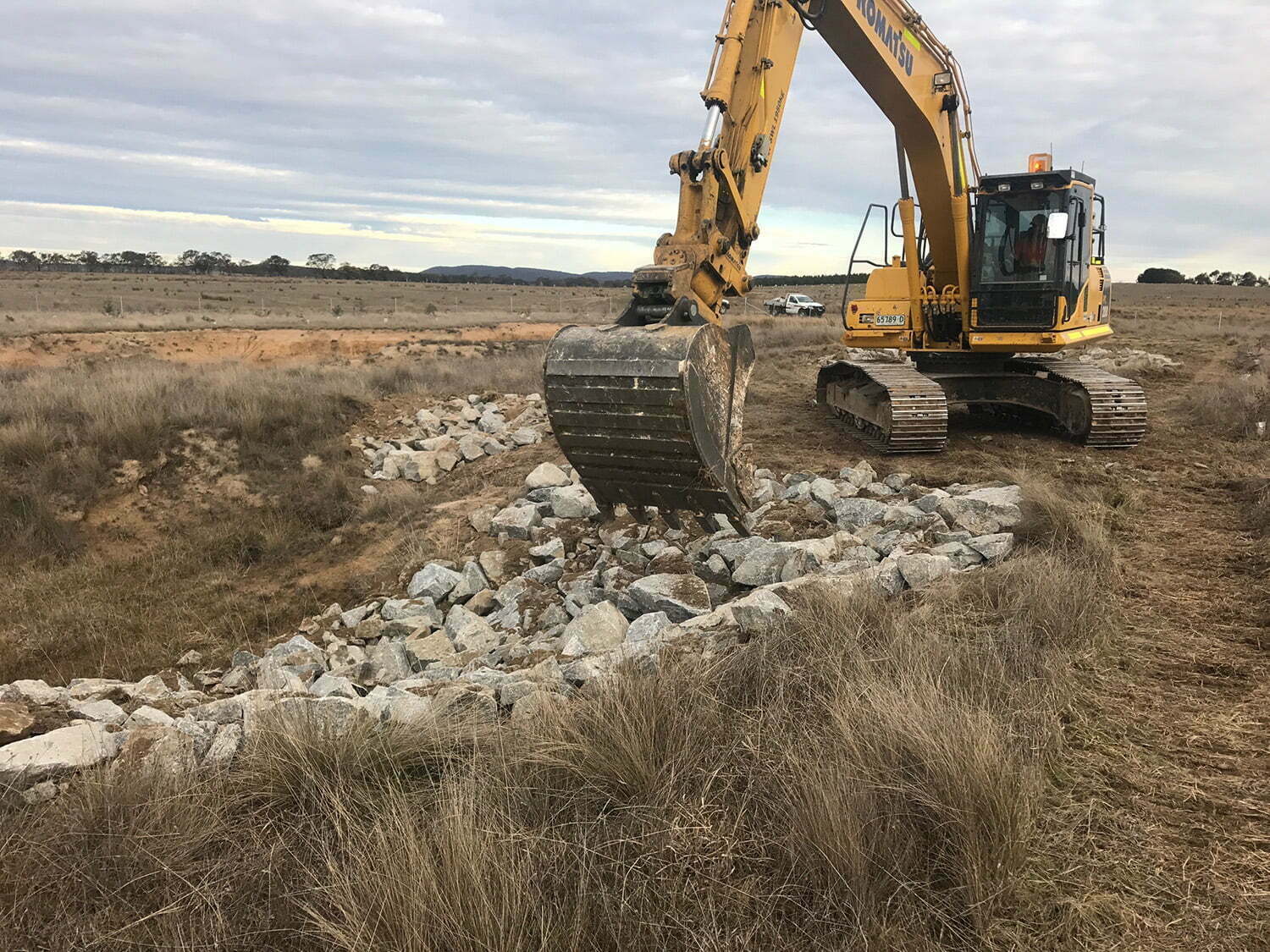
One of the first areas we pay attention to when restoring a riparian area is gully, river bank and bed stability, as well as the impact of adjoining landuse on vulnerable waterways. These resources provide practical examples of what landholders in the Rivers of Carbon program have done on their place to deal with different sorts of erosion and the science underpinning these treatments.
All images directly supplied by or reproduced by Rivers of Carbon, with permissions from the copyright owner(s), unless stated otherwise.
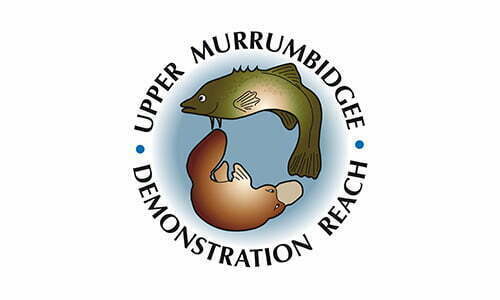

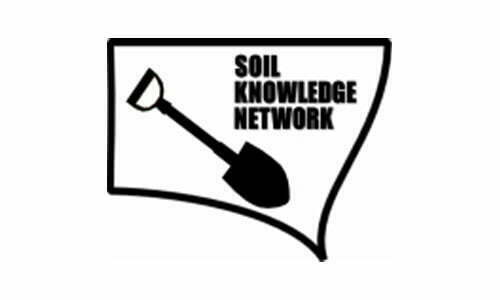
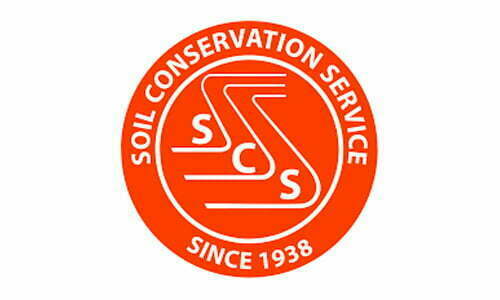
This web page is supported by the ACT Government and the Australian Government’s National Landcare Program.

